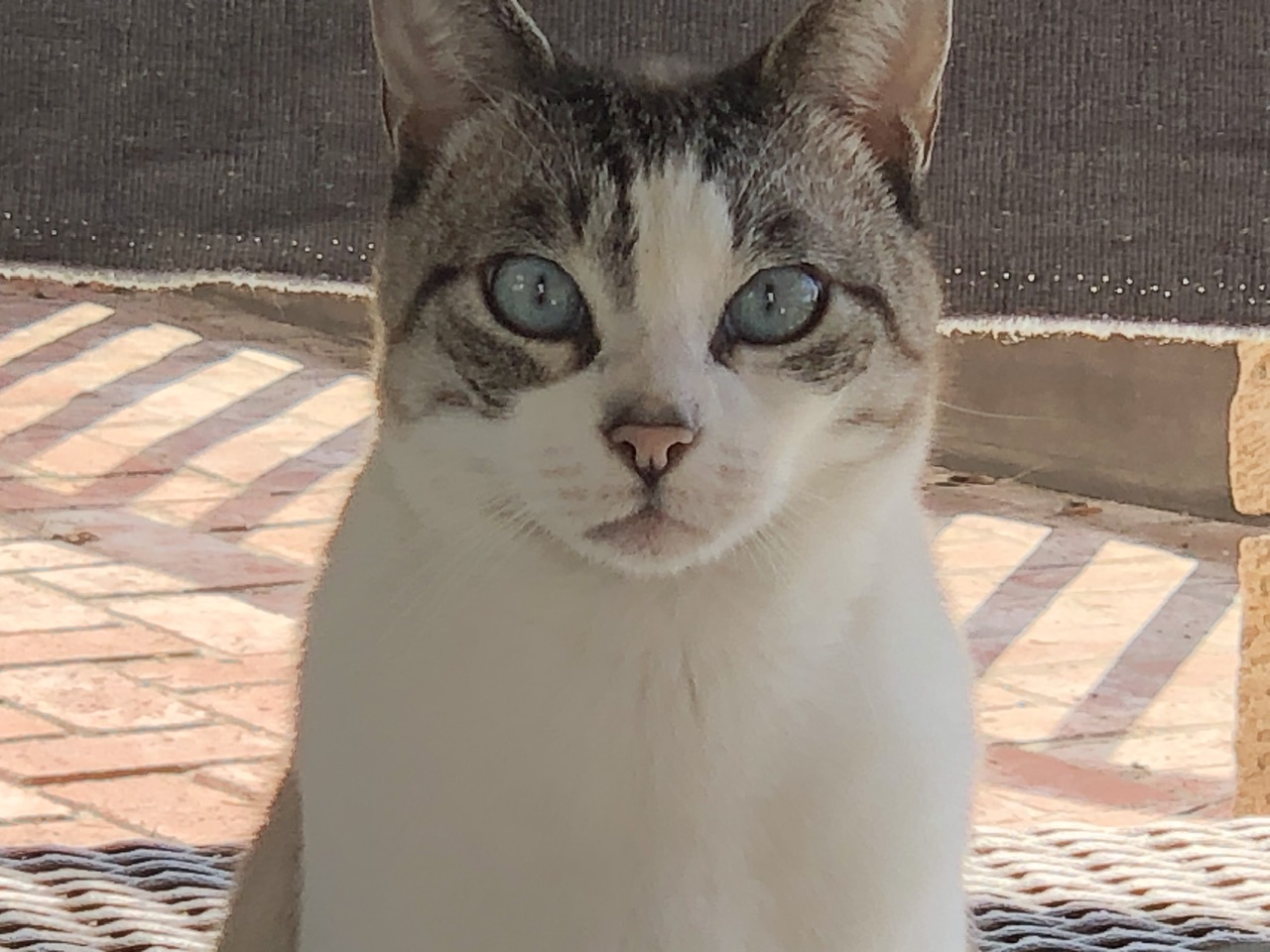Original Link from NASA
"A vast galaxy cluster lurks in the center of this image from the NASA/ESA Hubble Space Telescope. Like a submerged sea monster causing waves on the surface, this cosmic leviathan can be identified by the distortions in spacetime around it. The cluster’s enormous mass curves spacetime, creating a gravitational lens that bends the light from distant galaxies beyond the cluster. The contorted streaks and arcs of light we see in this image are the result. A host of other galaxies surrounds the cluster, and a handful of foreground stars with tell-tale diffraction spikes are scattered throughout the image.
This particular galaxy cluster, called eMACS J1823.1+7822, lies almost nine billion light-years away in the constellation Draco. It is one of five exceptionally massive galaxy clusters Hubble explored with the aim of measuring the strengths of these gravitational lenses, which would provide insights into the distribution of dark matter in galaxy clusters. Strong gravitational lenses like eMACS J1823.1+7822 can help astronomers study distant galaxies by acting as vast natural telescopes which magnify objects that would otherwise be too faint or distant to resolve.
This multiwavelength image layers data from eight different filters and two different instruments: Hubble’s Advanced Camera for Surveys and Wide Field Camera 3. Both instruments can view astronomical objects in just a small slice of the electromagnetic spectrum using filters, which allow astronomers to image objects at precisely selected wavelengths. The combination of observations at different wavelengths lets astronomers develop a more complete picture of the structure, composition, and behavior of an object than visible light alone would reveal."
Text credit: European Space Agency (ESA)
Image credit: ESA/Hubble & NASA, H. Ebeling
I could stare at images like this for ages, so awesome.
I’d love to see a stereoscopic or anaglyph version of this image, it looks like a huge bubble in spacetime.
Gravitational 4D valleys, with the water - matter both baryonic and dark in this case - getting caught in the slopes. Even energy slips and tumbles a bit, but manages to make its’ way back out with little effort.
Here’s another image of some gravitational lensing captured by JWST.
*Hubble captures OP’s mom bending over
I can introduce you?
I run out of brainpower trying to process all the planets, star systems, etc in all of those galaxies and the scale at which they all exist. What is even out there? Just wow….
Everything, everything even beyond our imagination is out there.




